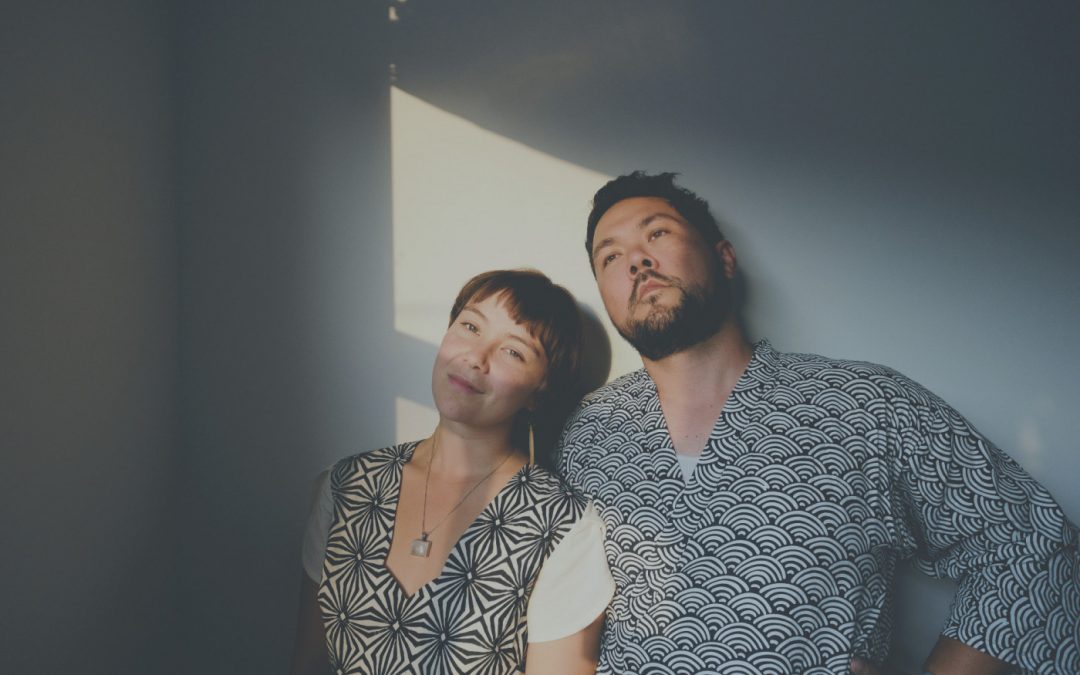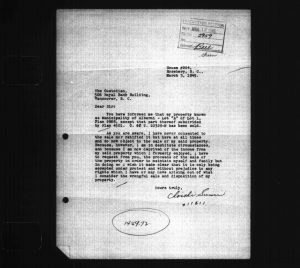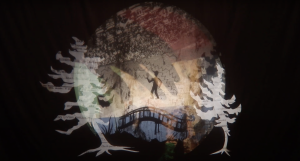Reconciling the Past with Music and Visual Arts
By Annie Sumi
As a mixed-race, yonsei artist living in Canada, Landscapes of Injustice has played a vital role in helping me to deepen my relationship to my ancestors and my “story”. Growing up, I had a peripheral understanding of the Japanese Canadian internment – a single page of reference in an elementary school history book. It wasn’t until I traveled to Western Canada with my grandfather, in 2016, that I came to understand the way this part of our collective history impacted the Japanese Canadian community. We traveled along the Slocan River to visit the small village that replaced the Rosebery internment camp. As we walked along the shoreline, I was deeply moved by my grandfather’s memories of being a child during those years: mushroom picking with his mother, rowing out to the fishing hole, and creating sleds out of old barrels to toboggan down the steep mountainside. With my brother, father, and mother, I listened to him tell these stories for the first time, and I realized that those “child-eyed” memories revealed a timeless wisdom about life… take what you need with you, and leave the rest behind.
In 2019, my friend Brian Kobayakawa and I were commissioned to create a musical work for the Japanese Canadian Cultural Centre. Our process took many pathways, but the foundation of the work was energized by the collective research provided by Landscapes of Injustice. Michael Abe helped to put together a folder of documents that allowed us to read handwritten letters, lists of auctioned goods, re-location papers, and more. The night I summoned the courage to read these documents, I felt the words stir the cellular memories in my body. I read my great-grandfather’s handwritten letter aloud:
“As you are aware, I have never consented to the sale of my property. Because, however, I am in destitute circumstances, and because I am deprived of the income of said property, I have requested of you the proceeds of the sale in order to maintain myself and my family.”
lac_rg_117_c3_05959_sumi-choichi
Tears fell from me as I felt the protest of this request. I let them fall. And, keep falling. In further reading of the documents, Brian and I discovered that his Bachan (grandmother) was able to reclaim her Singer sewing machine from custodian possession during the internment. This precious heirloom had been in Brian’s basement acting as a mini-stick hockey net throughout his childhood, and, because of this archival documentation, the sewing machine suddenly became part of his Bachan’s living memory.
It also became the centrepoint for our musical collaboration. We decided to embed our compositions into the body of this machine in order to extend its life and honour its story. By pushing the foot treadle of the sewing machine, the user triggers a series of songs and visual projections to play. This sound installation, ‘Tanuki’, reflects upon our relationship with place, ancestors, and mixed-race, post-internment, Japanese-Canadian identity. With a focus on healing – honouring the process of bringing the fragmented pieces of a story back together – ‘Tanuki’ hopes to invite the listener into an experience that playfully reveals our ongoing journey in reconciling the past. With ‘Tanuki’, we humbly attempt to encourage the audience to take what you need with you, and leave the rest behind.
Shadow Puppetry Still Image courtesy of the artist, Mind of a Snail
If you would like to interact with this installation, you can visit the ‘Oral Traditions’ exhibition in the Spring of 2022, and find updates on the Japanese Canadian Cultural Centre’s website.
Moriyama Nikkei Heritage Centre
Japanese Canadian Cultural Centre
6 Garamond Court, Toronto, ON



